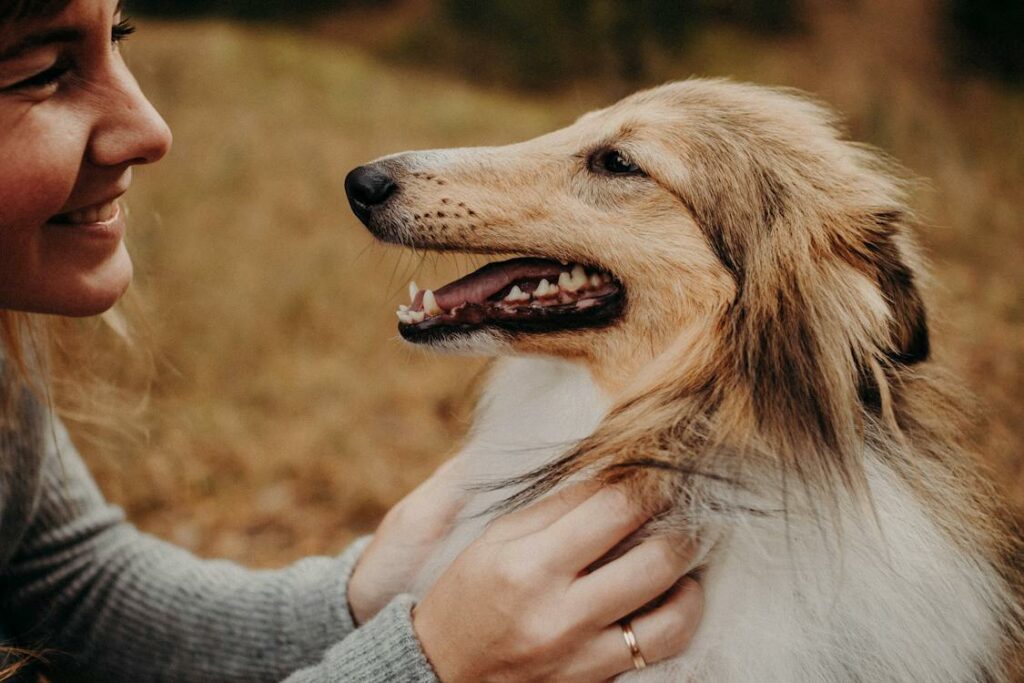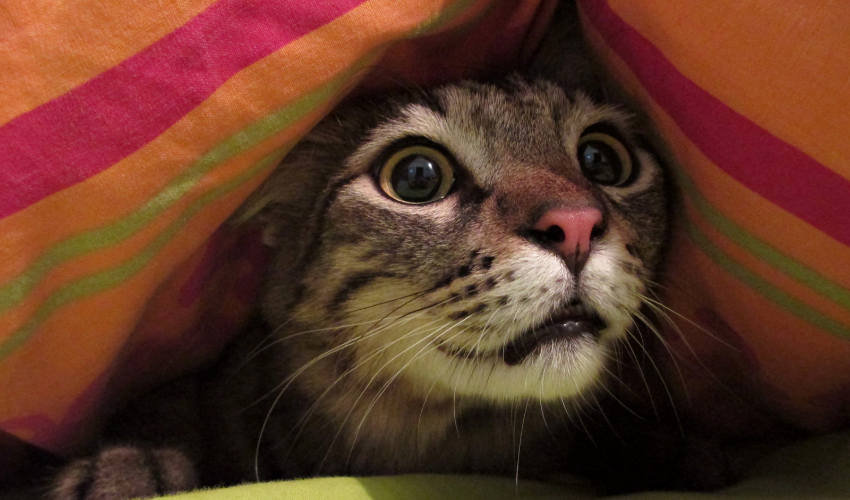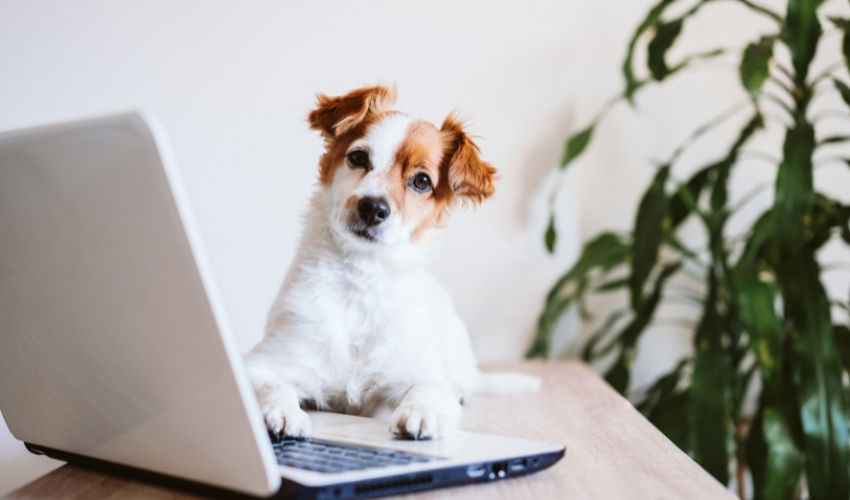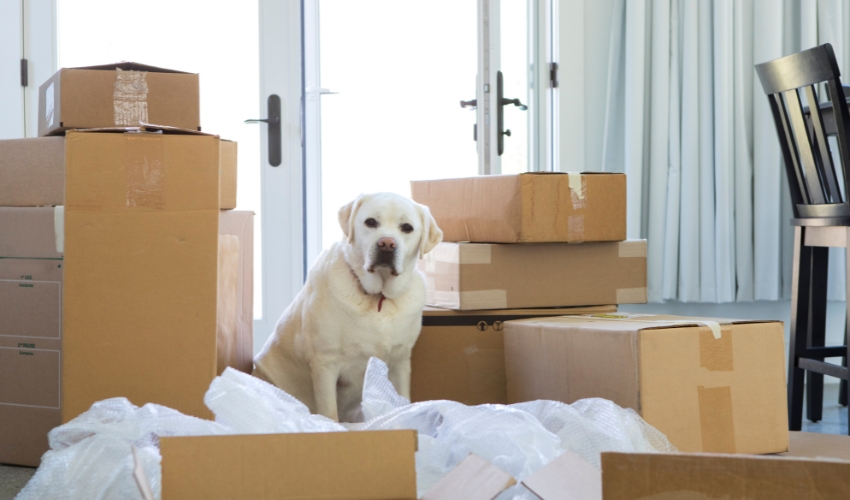Four-legged companions, often regarded as man’s best friend, possess a unique ability to communicate with pet guardians through various forms of expression often without uttering a single bark. Among these, eye contact holds a special significance, serving as a powerful means of connection and understanding. Have you ever wondered why your furry companion gazes deeply into your eyes? In this comprehensive guide, we’ll delve into the fascinating world of canine behavior to understand the reasons behind this endearing habit.
Influences on Human-Canine Eye Contact
Evolutionary Roots of Canine Behavior
To comprehend the significance of eye contact in pups, it’s essential to delve into their evolutionary history. Domestic hounds known to be descendants of wolves, have undergone centuries of selective breeding and cohabitation with humans, leading to the development of distinct behavioral traits. In the wild, wolves use eye contact as a means of establishing dominance, conveying submission, and maintaining social cohesion within the pack. Similarly, pooches, ingrained with ancestral instincts, retain this innate inclination towards eye contact as a means of interaction with their treasured fur parents.
Establishing Trust and Bonding
One of the primary functions of eye contact in doggos is the establishment and reinforcement of trust and bonding. When a furry pal makes eye contact with its fur parent, it signifies a sense of connection and security. This mutual exchange of looks fosters a sense of intimacy and understanding between pet parents and their adored canine, deepening the emotional bond that binds them together. Through consistent eye contact, fur babies learn to trust their owners, while hoomans interpret this gesture as a sign of affection and loyalty.
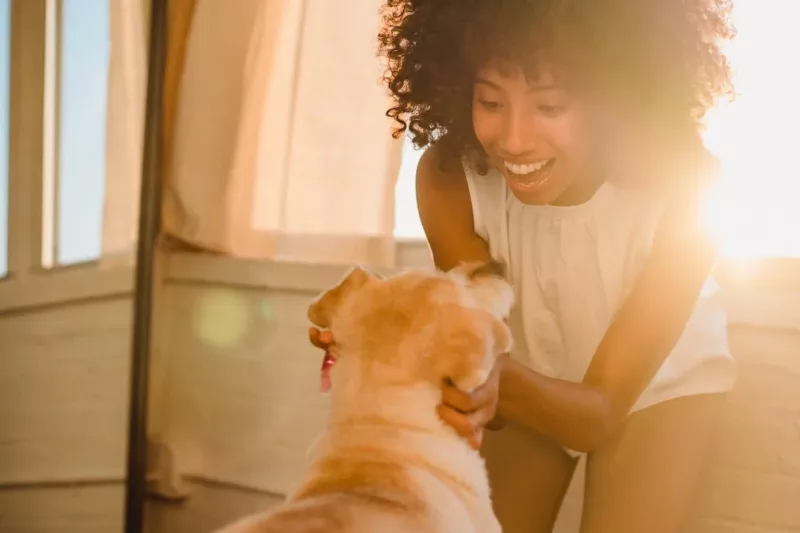
Social Significance in Canine Communication
Our loyal sidekicks are masters of nonverbal communication, and eye contact plays a pivotal role in conveying a myriad of emotions and intentions. Lapdogs utilize eye contact to express various messages, ranging from excitement and happiness to apprehension or submission. For instance, a prolonged gaze coupled with a wagging tail signifies joy and eagerness, whereas averted eyes accompanied by flattened ears may indicate fear or discomfort. Understanding these subtle cues enables critter custodians to interpret their tail wagger’s emotional state and respond accordingly, thereby fostering the bond between them.
Seeking Guidance and Reassurance
In moments of uncertainty or stress, furry barkers often turn to their pawrents for guidance and reassurance. Eye contact serves as a form of communication through which household hounds express their needs and seek comfort. When faced with novel situations or stimuli, such as encountering a loud noise or unfamiliar object, pups may instinctively turn to their owners for support. By making eye contact, they communicate their need for guidance and rely on their owner’s response to navigate the situation effectively. And by meeting their gaze and offering a calming presence, fur caregivers provide the assurance and guidance that cuddly woofers seek, strengthening the bond of trust between them. Fidos also use eye contact to assert their needs whether they’re hungry, thirsty, or in need of attention.
Enhancing Communication and Training
Effective communication is paramount in any relationship, including that between hoomans and pooches. Through eye contact, four-legged pals can convey their desires, needs, and intentions to their owners, facilitating clearer communication and understanding. This becomes particularly evident in the context of training, where eye contact serves as a crucial cue for obedience and responsiveness. Through positive reinforcement techniques, owners can encourage desired behaviors by rewarding their adored beast’s eye contact. By associating eye contact with praise, treats, or other rewards, cuddly buddies learn that maintaining eye contact leads to positive outcomes, strengthening the bond between them and their owners.
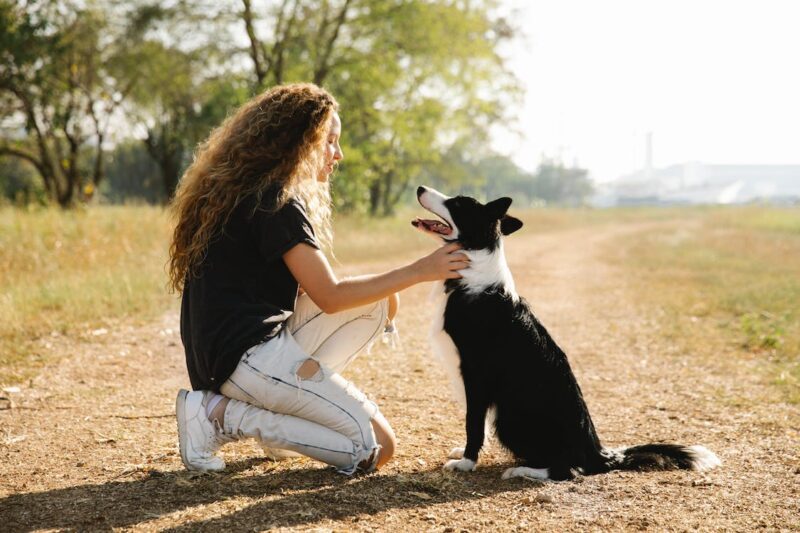
The Role of Oxytocin in Human-Canine Interaction
Beyond the behavioral aspect, eye contact between pet guardians and canine companions triggers a biochemical response that further solidifies their bond. Studies have shown that gazing into the eyes of a doggy stimulates the release of oxytocin, often referred to as the “love hormone,” in both pawrents and furballs. This hormonal surge fosters feelings of affection, trust, and attachment, contributing to the deepening of the hooman-canine relationship. Thus, the act of making eye contact transcends mere visual communication, tapping into the neurochemical mechanisms that underlie social bonding.
Cultural and Individual Variations
It’s important to acknowledge that the significance of eye contact in domesticated canines can vary across cultures and individual personalities. While some woof-woofs may readily engage in prolonged eye contact as a form of communication, others may exhibit different preferences or sensitivities. Factors such as breed, upbringing, and socialization experiences can influence a pawed comrade’s inclination towards eye contact. Likewise, cultural norms and practices in hooman-pooch interactions may affect the interpretation and significance of eye contact within different societies. Understanding and respecting these variations is essential for fostering harmonious relationships between pet protectors and their canine companions.
In summary, the profound bond between fur parents and their four-legged babies transcends mere words and eye contact serves as a thread that binds us together in mutual understanding and affection. From its evolutionary origins as a social cue to its role in building trust, communication, and connection, eye contact serves as a cornerstone of the hooman-canine relationship. By recognizing and honoring the importance of this subtle yet powerful form of communication, we deepen our bond with our furry friends and enrich our lives immeasurably. So, the next time your beloved critter looks into your eyes with unwavering sincerity, cherish the moment—it’s a silent yet profound expression of the extraordinary bond you share.

